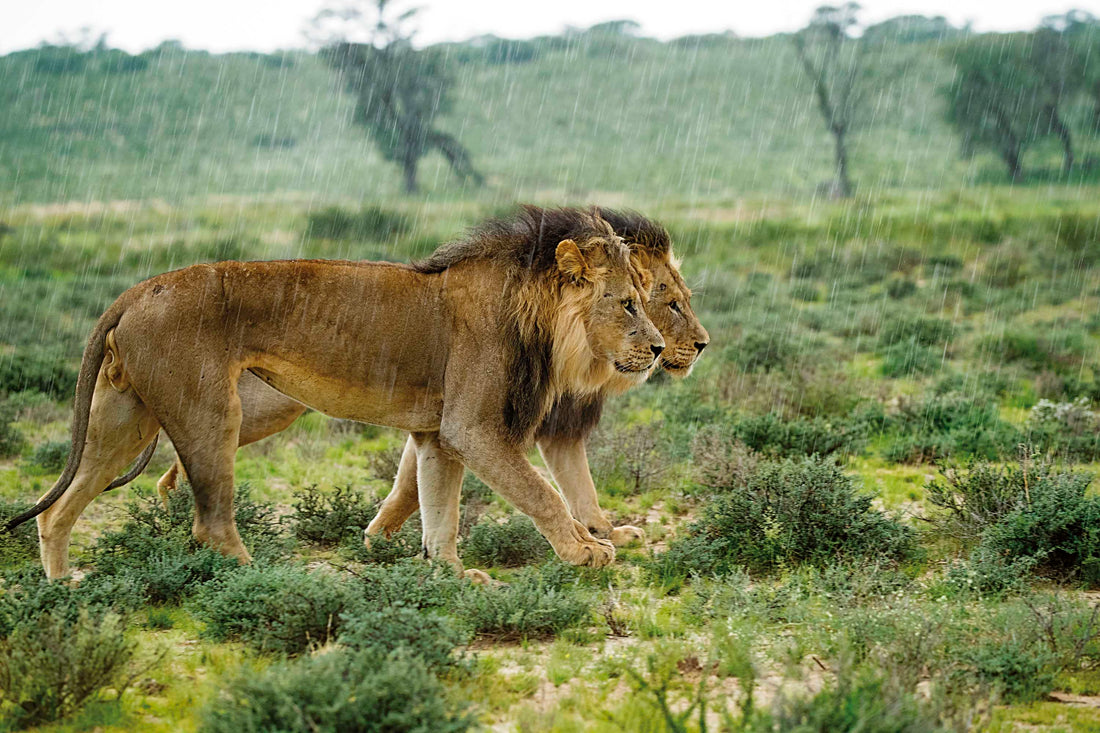Autumn
The most spectacular season is undoubtedly early autumn (March to April) after good rains when the sun-baked dunes and riverbeds expose their ephemeral charm and produce flower gardens of exquisite splendour. Large concentrations of game collect along the riverbeds and around the pans where fresh sweet grasses sprout. Termites erupt in spectacular numbers and attract raptors from far and wide. But rainfall is usually patchy and difficult to predict. There is not much wind and the cooler temperatures are pleasant. A second springbok lambing season may occur in March.

Winter
During winter the temperatures in the riverbeds tend to be lower than in the dunes and some herds and many of the predators move into the dunes. During dry cycles when food is at a premium and riverbeds offer at least some food and water, spectacular winter influxes may occur. Temperatures frequently drop below zero at night but the days are usually glorious and sunny, sometimes even hot. Honey badgers tend to be very active during the day and are sighted on a regular basis. August is the windy month, bringing moisture into the area. It also creates the most beautiful sunsets with all the dust in the sky.

Spring
Spring is usually dry and antelope spend much of their time in the dunes unless the riverbeds offer better grazing. After good rains in autumn, this can turn out to be the case. It is a good time for canids since this is when they den along the riverbeds. Although mostly pleasant, temperatures can swing from one extreme to the other. Cold winds from the south often alternate with extremely dry berg winds from the north, covering everything in fine dust.

Summer
Summers can be an ordeal for many people because of the hot day temperatures that can soar into the high forties. Night temperatures drop but remain high. The days are long and getting an early start means you can enjoy a lazy midday break in the swimming pool or napping. Springbok drop their young and a lot of drama unfolds in the riverbeds with predators lurking around to take their chances on easy prey. This is the time for spectacular thunderstorms. Almost 80 percent of the annual rain falls between January and April, a bit more than 18 percent from September to December and the rest in the cooler months between May and August. Termites erupt after heavy showers and provide a feast for the masses.




